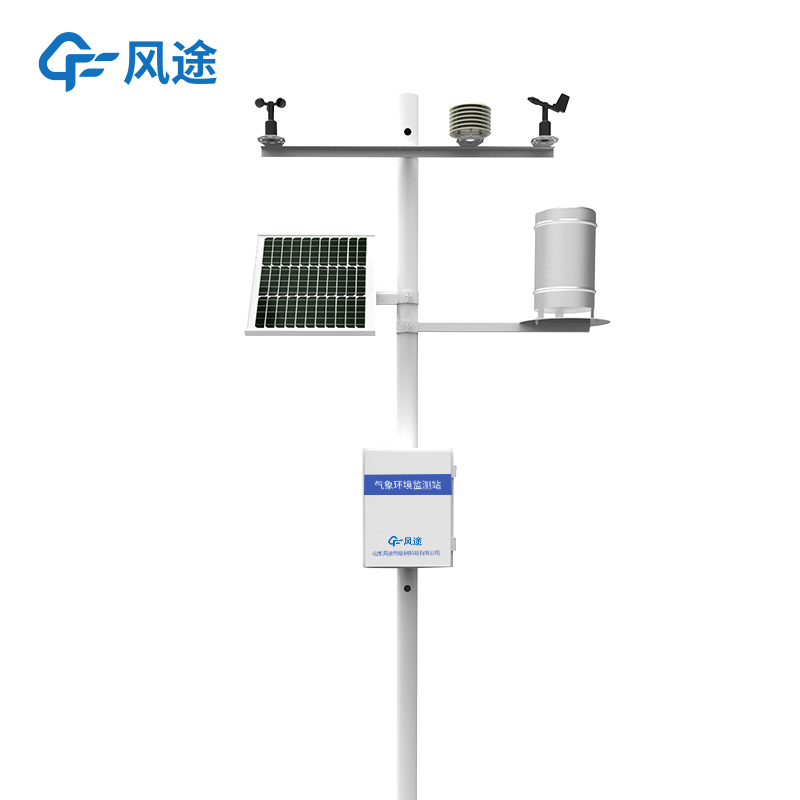The Meteorological station has evolved from a single - function instrument in the past into an intelligent and scenario - based comprehensive monitoring system.
The basic equipment holds a core position in the entire monitoring system. Temperature and humidity sensors accurately measure the temperature and humidity of the air, providing crucial data for people to understand environmental comfort and predict weather changes. Anemometers precisely monitor wind speed, and wind vanes determine the wind direction. These data are of great significance for meteorological research, aviation, and navigation. Precipitation monitoring equipment truthfully records precipitation, serving as an important basis for flood control, drought relief, and hydrological research. They continuously and stably collect basic meteorological data, forming the cornerstone of the meteorological information edifice.
With the diversification of needs in various industries, the Meteorological station has added numerous expansion modules. In the agricultural field, the pest monitoring module can keep track of pest dynamics in real - time. By combining with meteorological conditions, it helps in pest and disease control and ensures the healthy growth of crops. In environmental monitoring, the PM2.5 monitoring module can accurately measure the concentration of fine particulate matter in the air, and the CO₂ monitoring module tracks the changes in carbon dioxide content in the atmosphere, providing strong support for evaluating air quality and studying climate change. These expansion modules enable the meteorological station to be deeply integrated into different industries and meet their specific monitoring needs.
The integration of cloud and AI technologies has given new value to meteorological data. Cloud technology builds a bridge for data aggregation and sharing, making data storage and access unrestricted by time and space, enabling efficient management and analysis. AI technology, like a smart brain, deeply explores the potential laws in meteorological data through machine learning and deep - learning algorithms. By establishing meteorological models, it can predict the weather more accurately. The intelligent analysis of meteorological images and videos can promptly identify disastrous weather and issue warnings. Thus, meteorological data has completed the leap from simple collection to decision - driving, providing a solid data basis for meteorological disaster prevention and mitigation, scientific planning, and rational production, and comprehensively promoting the development and progress of various fields of society.

Article address:https://www.sqqx.net/en/news/586.html

 +86 15898932201
+86 15898932201



